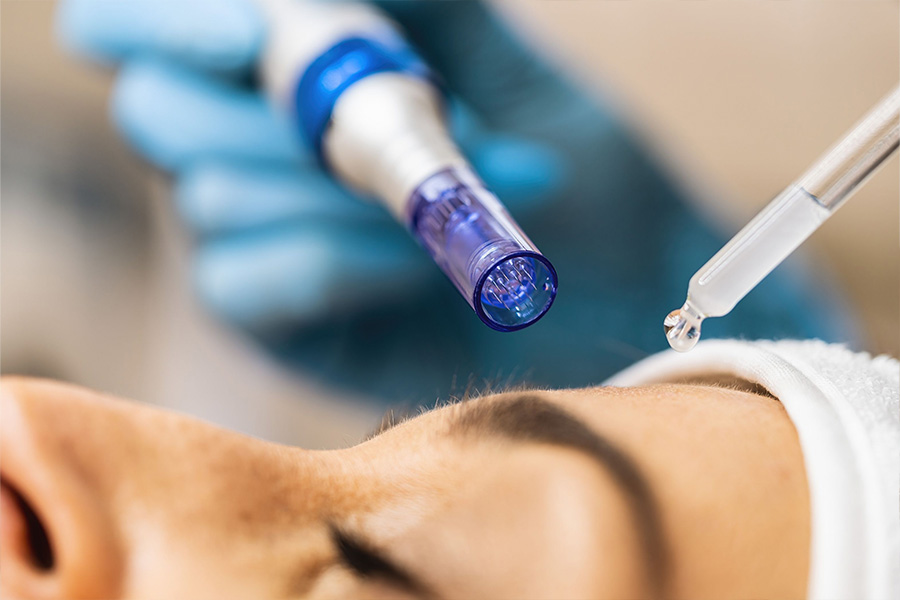- 100 S Ellsworth Ave #806 San Mateo, CA 94401
- (650) 401.6060
- [email protected]
SUNSCREEN LABELS- New Rules and Regulations
VITAMIN C – The Secret to Flawless Skin
September 5, 2013EYES- Diminish Visible Signs of Aging
September 5, 2013“Let us help you to find the right sunblock for you, schedule a consult, click here or call 650.401.6060″ Tatiana Z. R.N.B.S.N.
For years, the U.S. Food and Drug Administration (FDA) has been in a holding pattern with a variety of proposed regulation changes regarding how sunscreens are labeled and marketed in the United States. Finally, last year, the FDA came to a consensus on many of the parameters surrounding sunscreens and provided formal rules that can now be found in the Federal Register (Vol 76, No 117/Friday, June 17, 2011). Some of the changes that have gone into effect only impact sunscreen manufacturers; however, some of the changes you and your clients will begin to see on sunscreen packaging this summer. This article will give you the tools you need to educate your clients in order to help them understand the changes and make good decisions about the products they purchase.
Why did changes need to occur?
The FDA considers sunscreens to be over-the-counter (OTC) drugs. As of the new deadline of Dec. 18, 2012, (this was originally June 18, 2012) new rules will go into effect for the labeling of any product claiming sun protection of SPF 15 and higher. The FDA puts great care into its introductory remarks in the Federal Register to describe all the reasoning that went into how the decisions were made. The basic concept is that the FDA wanted to help simplify the message that consumers were receiving in the marketplace. The consensus was that consumers did not really understand some of the claims being made and, therefore, were not making good decisions. Because the improper use of sunscreen can potentially lead to skin cancer, the FDA wanted to make sure the consumer clearly understood certain concepts regarding sunscreens and skin care.
What is changing?
Broad-spectrum. UVA rays are a major cause of skin cancer due to immunosuppression, as well as abnormal pigmentation and visible skin aging—especially wrinkles. On the other hand, UVB rays are the rays that burn the skin, activating nonmelanoma skin cancer. It is important that both are blocked. If a product provides UVA protection at 370 nanometers (nm) or more, as well as UVB protection, then it can claim to offer broad-spectrum protection. Otherwise, no UVA protection can be claimed at all. If a product can prove broad-spectrum, then it must be labeled as such on the front of the packaging, along with the SPF value.
Water-resistance. Gone are the days of “waterproof” sunscreen. Instead, there are two categories: water-resistant and very water-resistant. If a sunscreen product was shown to retain the labeled SPF value after 40 minutes of water immersion, then it must be labeled ‘‘water resistant (40 minutes).” When describing the product, a company can then claim it is water-resistant. If a sunscreen product was shown to retain the labeled SPF value after 80 minutes of water immersion, then it must be labeled ‘‘water resistant (80 minutes).” This may look odd, as you would think it should have the word “very” in front, but the guidelines specifically leave the word out on the packaging. However, when describing the product, a company can claim “very water-resistant.” “Waterproof” cannot be claimed for a sunscreen anymore.
SPF. Gone also are the days of SPF 100. As most skin care professionals understand, SPF 30 protects against 95% of UVB rays. Any SPF higher than 30 only protects in small increments up to 99%. No sunscreen can provide 100% UV protection except 100% zinc oxide, which is a thick, white paste. The FDA was concerned the consumer was equating SPF 100 with 100% protection. Therefore, any SPF higher than 50, with the new labeling rules, can only claim “50+.”
Drug Facts label. The language on the Drug Facts label regarding claims and warnings has been spelled out very specifically for manufacturers. So, for example, a sunscreen that does not offer broad-spectrum protection as clarified in the new rules must state on the back label of the packaging: “Skin cancer/Skin aging alert: Spending time in the sun increases your risk of skin cancer and early skin aging. This product has been shown only to help prevent sunburn, not skin cancer or early skin aging.” However, products that do provide broad-spectrum protection can state: “If used as directed with other sun protection measures (see directions), decreases the risk of skin cancer and early skin aging caused by the sun.”
Manufacturers. One objective of the rules released by the FDA were to provide specific guidance in regard to how sunscreens are tested. The guidance provides a common standard for how each sunscreen claim must be tested. The goal is to provide a guarantee to the consumer that products making specific claims will all be following the same standard to reach those claims. Additionally, any products that claim an SPF of greater than 15 must be registered with the FDA as a drug. This directly impacts the manufacturer, as well, because the manufacturer of the product must be formally registered with the FDA as a drug manufacturer.
By: Carl Thornfeldt, MD
Posted: July 27, 2012, from the August 2012 issue of Skin Inc. magazine.




